Your Autumn Herb Garden: A No-Nonsense Guide to Fresh Flavor
I still remember my first real attempt at an autumn herb garden. It was nothing fancy, just a couple of terracotta pots on a chilly porch. After a summer spent fussing over tomatoes and basil, I honestly thought the season for fresh-from-the-garden flavor was completely over. But an old-timer I knew, a farmer with soil-stained hands, told me something that stuck: “The garden doesn’t end in August. It just changes its voice.”
In this article
He was so right. That fall, the sharp, piney hit of fresh rosemary and the earthy, savory notes of sage taught me a new lesson. It turns out the cool air actually concentrates the essential oils in these hardy plants, giving them a depth of flavor you just can’t get in the blistering summer heat.
So, growing herbs in the fall isn’t just a way to keep a hobby going. It’s about tapping into a plant’s natural rhythm and bringing incredible taste into your kitchen when most people have packed it in for the year. I want to walk you through exactly how to do it, based on a lot of trial and, yes, a few spectacular failures.
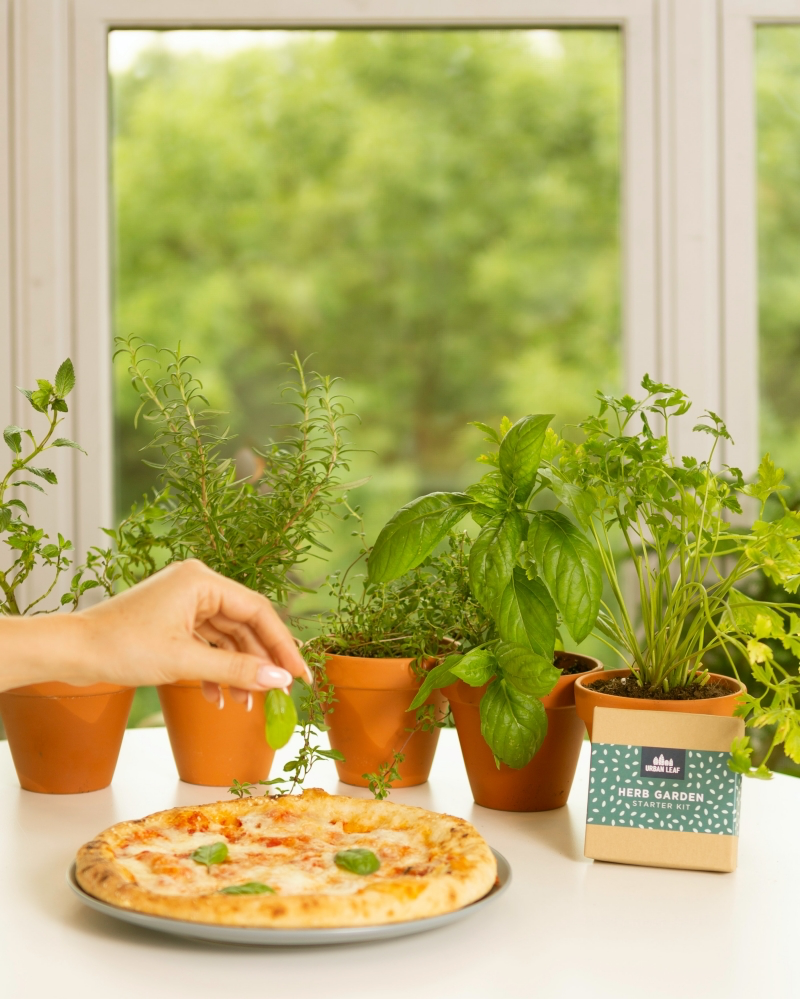
Feeling Overwhelmed? Start Here.
Before we dive deep, let’s make this super simple. If you’re a total beginner and just want one win, do this: go to a local nursery or even the garden section at Home Depot and buy one small sage plant. That’s it. You don’t need to be an expert. Just put it in a sunny spot and water it when the soil is dry. You now have an autumn herb garden.
For those ready to go a little further, here’s a realistic beginner’s shopping list:
- One 8-inch terracotta pot: Perfect for a starter rosemary or sage plant. This will probably run you between $8 and $15.
- One bag of quality potting mix: Don’t just dig up dirt from your yard! We’ll get into why later. A small bag costs about $10.
- One starter herb plant: Pick up a healthy-looking rosemary or sage. They usually cost around $5 to $7.
For about $25, you are officially in business. Now, let’s get into the details that make a real difference.
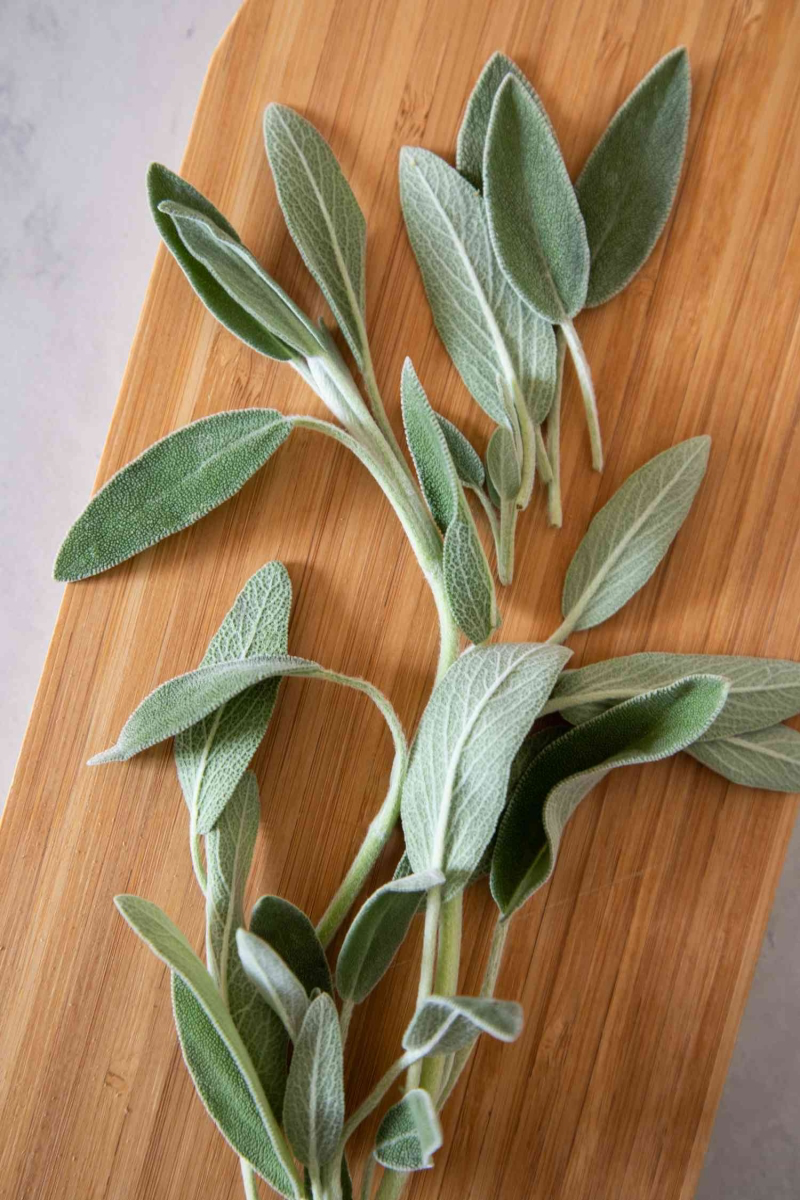
Understanding the New Rules of the Season
Success in the fall is all about working with nature, not fighting it. The two biggest game-changers are less daylight and cooler temperatures. These two factors are everything.
Plants are incredibly sensitive to the length of the day. As the days get shorter, it’s like an alarm clock goes off, telling many of them to stop making leaves and get ready for winter. This is why your summer basil plant starts looking sad and gives up; it’s programmed to be done. But some herbs absolutely love this shift. Cilantro, for instance, hates the long, hot days of summer, which cause it to “bolt” (go to seed) almost immediately. In the fall? It’ll grow lush and leafy for weeks.
And what about your hardiness zone? This is a big one. It’s a standard map that tells you the average coldest winter temperature for your area. You can find your zone by just Googling “USDA Hardiness Zone” and typing in your zip code. It takes ten seconds. Knowing this number tells you if your rosemary plant has a prayer of surviving the winter outside (possible in Zone 8) or if you absolutely need to bring it indoors (a must in Zone 5).
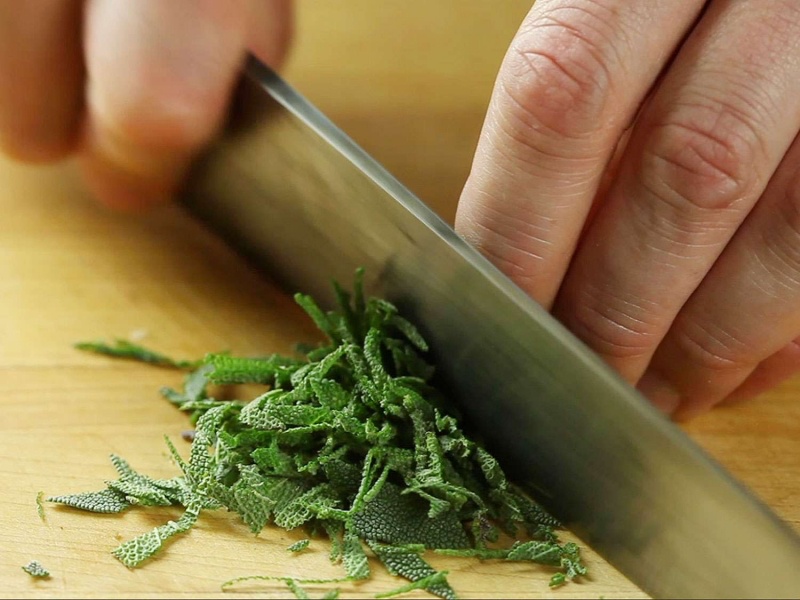
By the way, don’t forget about microclimates. That spot next to a south-facing brick wall that soaks up sun all day? It can be a whole zone warmer than the rest of your yard. A little nook protected from the wind is a lifesaver for delicate plants. Use these warm pockets to your advantage.
My Go-To Herbs for the Autumn Garden
These are the herbs I trust year after year. They’re resilient, packed with flavor, and incredibly versatile in the kitchen.
Rosemary: The Backbone of Fall Cooking
Rosemary’s piney, potent flavor is the perfect match for autumn roasts and stews. It’s a woody perennial that can live for years if you treat it right.
Get Started the Smart Way: Please, do not try to grow rosemary from seed. It’s painfully slow and germination is spotty. This is a classic beginner mistake. Instead, buy a starter plant from a nursery. For about $6, you get a plant that’s already a year or two old, giving you a massive head start. If you live in a place with milder winters (Zone 7 or so), look for a cold-hardy variety like ‘Arp’ or ‘Hill Hardy’.
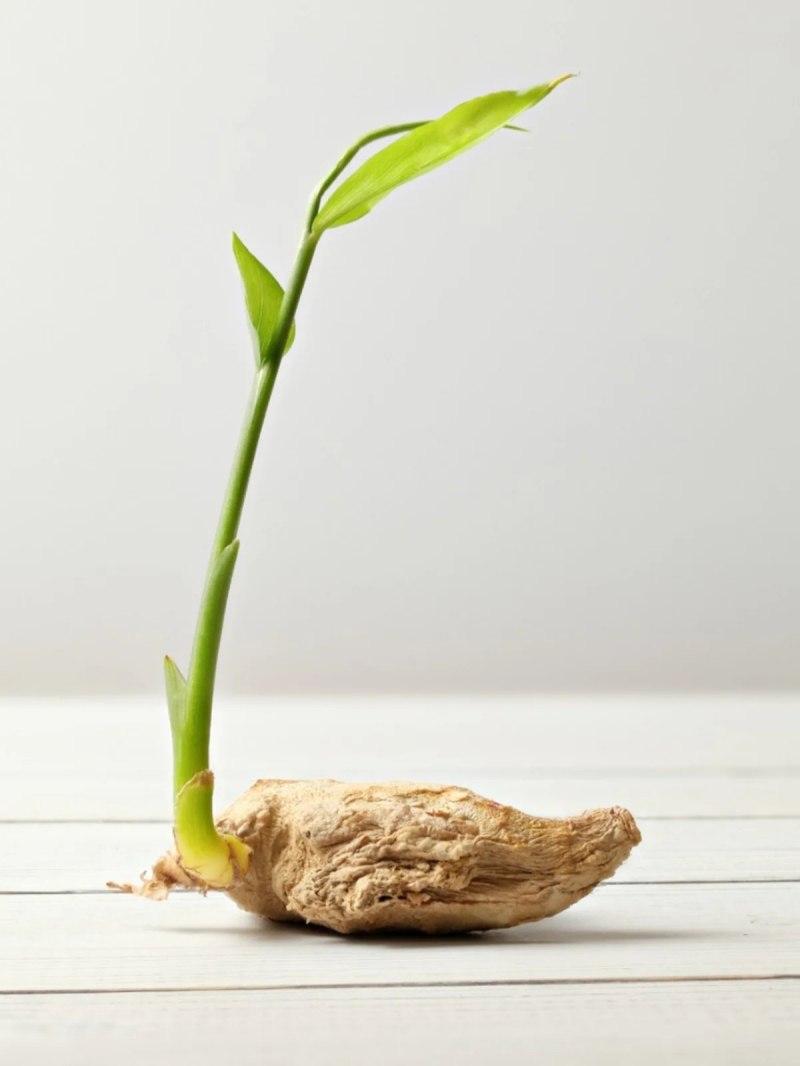
Soil and Water Are Everything: Rosemary’s number one enemy is soggy soil, which leads to root rot. For containers, you need a mix that drains like a sieve. I use one part potting soil, one part coarse sand (not fine play sand), and one part perlite. And your pot MUST have a drainage hole. No exceptions. When you water, do it thoroughly until it runs out the bottom, then let the top two inches of soil get completely dry before you water again. Stick your finger in to check—if you feel any moisture, wait. In the cool fall air, this might only be once every week or two.
Bringing It Indoors: If you’re in Zone 7 or colder, you’ve got to bring your rosemary inside for the winter. A month before your first hard frost, check it carefully for pests. Look under the leaves for the tell-tale sign of spider mites: faint, tiny webbing. If you see any, spray it down with insecticidal soap. Bring it inside to the sunniest, coolest spot you have. A chilly garage with a window is often better than a warm living room. And if you have a dark apartment? A simple clip-on LED grow light (around $20 online) is a total game-changer.
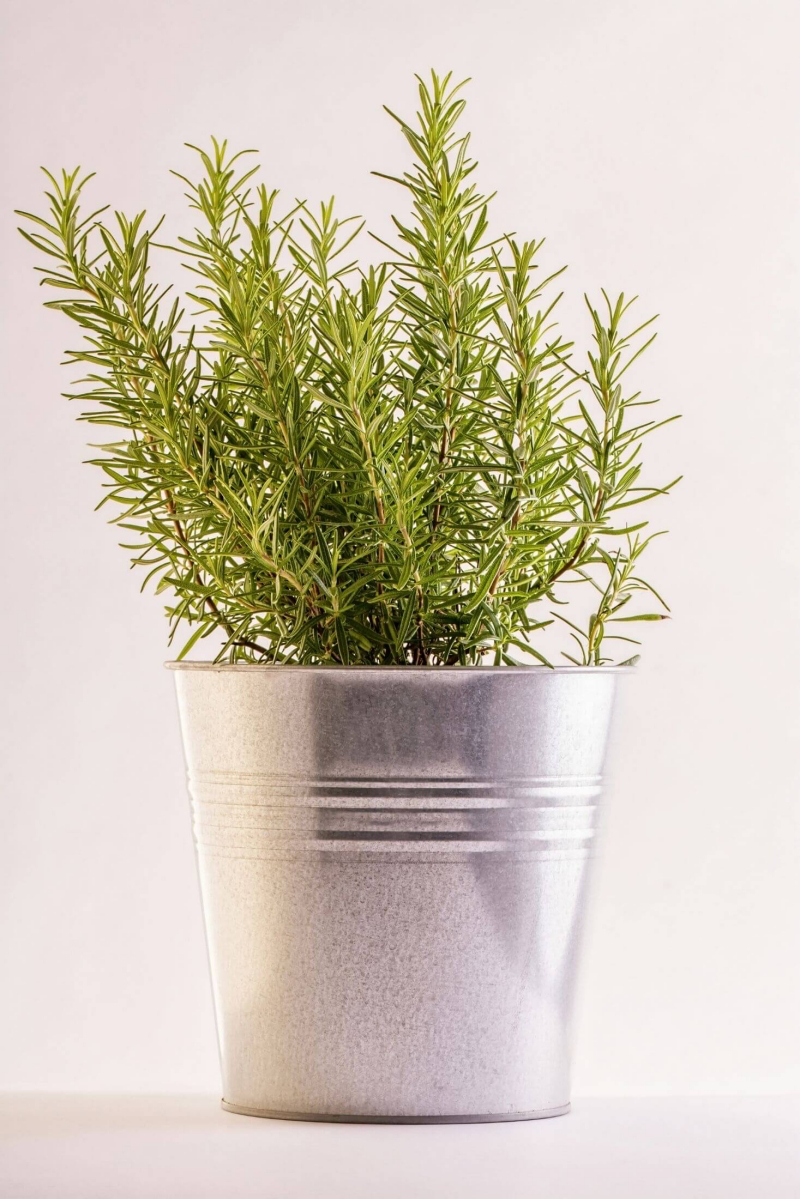
Sage: The Easiest Win
Sage’s soft, earthy flavor just screams autumn. It’s much more forgiving than rosemary and a fantastic choice for your first fall herb. Standard ‘Garden Sage’ has the best flavor for cooking.
Like rosemary, it wants well-draining soil, but it’s less fussy. The biggest problem you might face is powdery mildew—a white, dusty film on the leaves. This is usually caused by poor air circulation, so give your plants some space. A quick tip: Always water the soil, not the leaves, to keep them dry and happy.
Thyme: The Tough Little Workhorse
Thyme is a hardy, low-growing herb that can provide flavor all year long in many areas. It thrives on what feels like neglect: full sun, poor soil, and not too much water. It’s perfect for the edge of a pot where it can spill over the side.
The main challenge? It gets woody and bare in the center after a few years. I learned this the hard way. To prevent this, you have to be brave and prune it hard. In the early spring, before new growth starts, cut it back pretty aggressively, leaving just two or three inches of old growth. You should see tiny green buds below your cuts. This forces a flush of new, tender stems and keeps the plant productive for years.
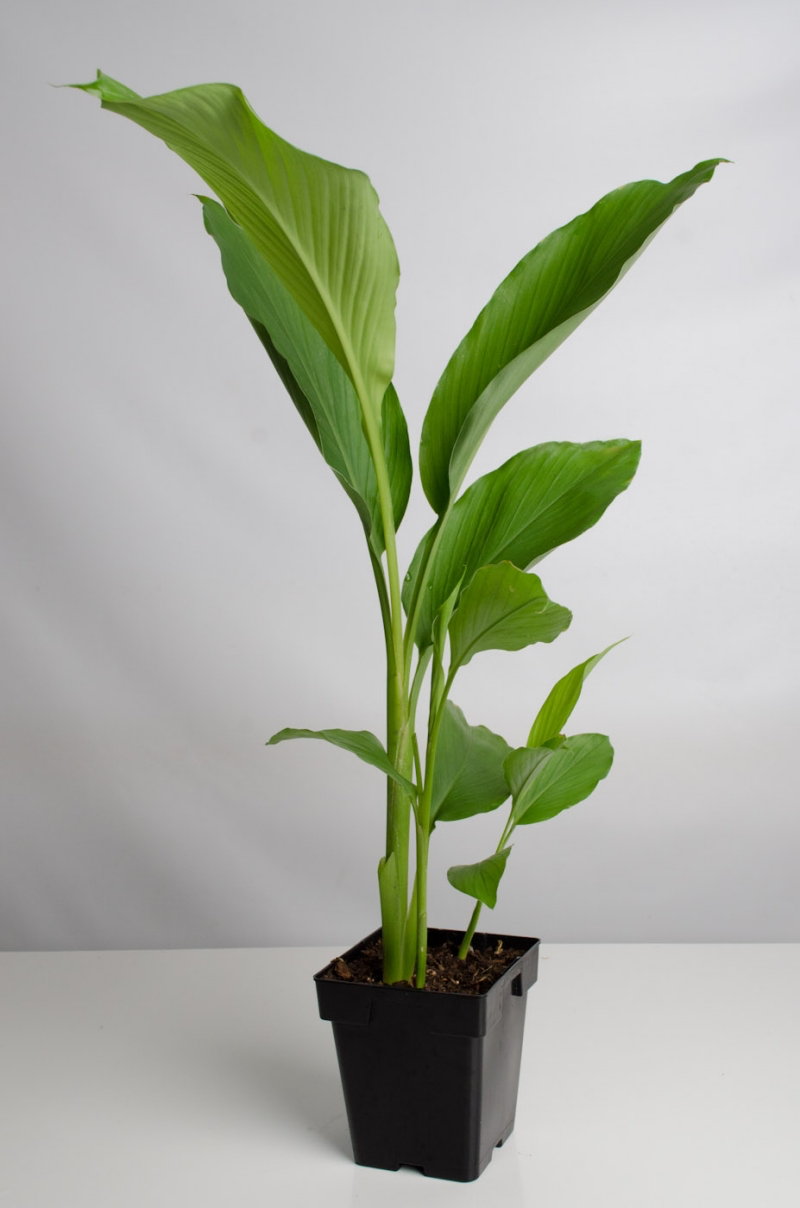
Cilantro: The Autumn Surprise
This is the one that surprises people. Cilantro is an annual that grows best when you sow seeds directly where you want them to grow. Its secret is timing. Plant the seeds in late summer or early fall, and you’ll be harvesting fresh leaves in about 4 to 6 weeks. Plant a new small batch every two weeks (this is called succession planting) for a continuous supply until a hard frost hits.
The Indoor Project: Ginger and Turmeric
Okay, these are tropical plants and won’t survive a frost. But you can grow them indoors as a super rewarding project. You can actually start them from rhizomes you buy at the grocery store! Look for plump, firm pieces with little bumps or ‘eyes’. I’d recommend using organic, as some conventional ginger is treated to prevent it from sprouting.
Let them grow in a wide, shallow pot all summer. In the fall, the leaves will yellow and die back. That’s your signal! The plant has stored all its energy in the rhizomes below. This is a long-term project, though—plan on about 8-10 months from planting to a full harvest. You can gently dig around the edge of the pot and snap off pieces as you need them.
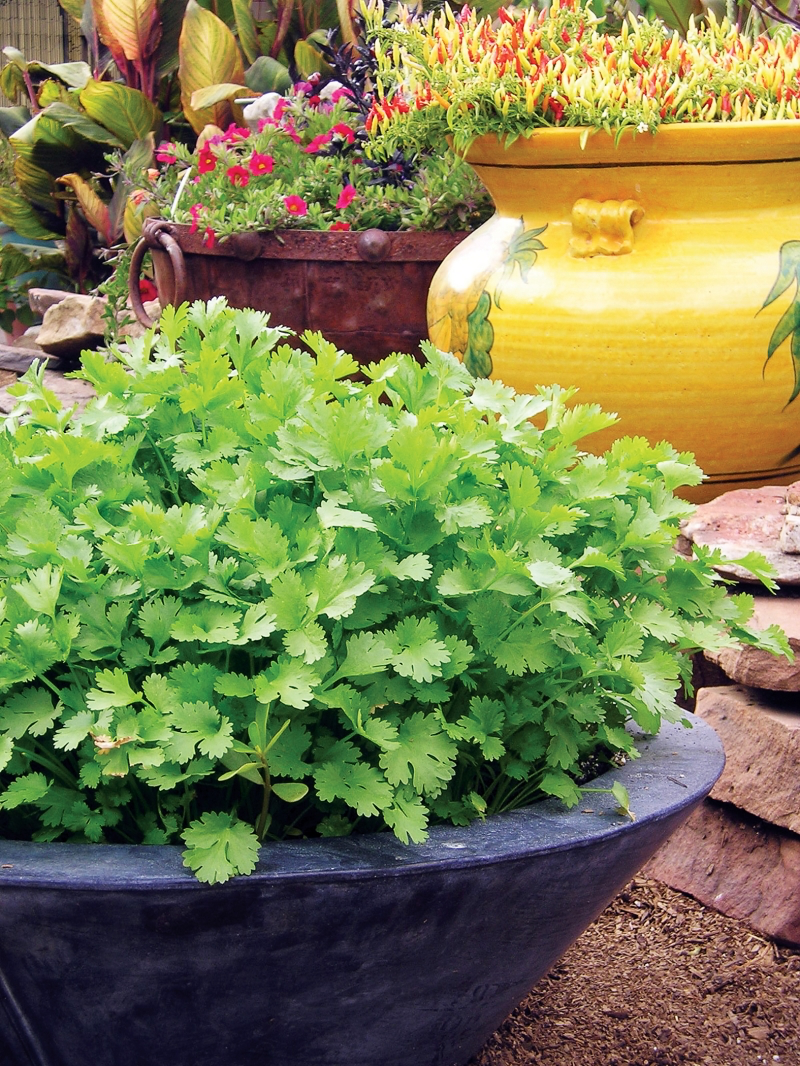
The Art of Container Gardening
For most of us, fall herb gardening means using pots. This gives you total control.
A Quick Pot Guide:
- Terracotta: My top pick for drought-lovers like rosemary, sage, and thyme. The clay is porous and helps the soil dry out faster.
- Glazed Ceramic or Plastic: These hold moisture longer, so they’re better for thirsty plants like cilantro or parsley.
My All-Purpose Soil Recipe: Here’s a quick mix that works for most herbs. Mix two parts high-quality potting mix with one part perlite (for drainage) and one part compost (for gentle nutrients). Why not just use yard dirt? Because in a pot, garden soil becomes dense and compacted, strangling roots. It can also harbor pests and weed seeds you don’t want to bring inside.
Harvesting for the Best Flavor
The whole point of this is to eat it, right? Always try to harvest in the morning after the dew has dried but before the sun gets hot. Use sharp, clean scissors. For herbs like thyme and rosemary, snip a 2- to 4-inch piece from the tip of a branch, cutting just above a set of leaves. This actually encourages the plant to get bushier.
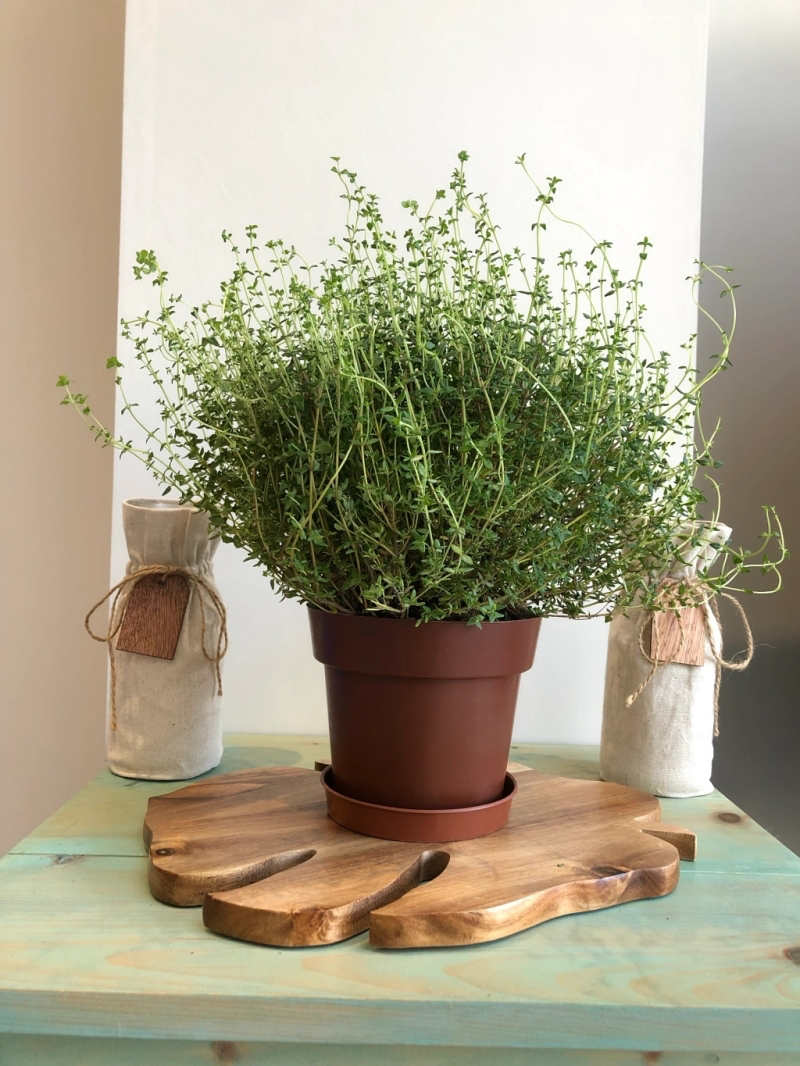
Got a big harvest before a frost? Woody herbs like sage and thyme dry beautifully. Just tie them in small bundles and hang them in a dark, dry place. For softer herbs like cilantro, freezing is the way to go. I chop them up, pack them into ice cube trays, cover them with olive oil, and freeze. These little flavor bombs are perfect for dropping into soups and sauces all winter long.
The crisp autumn air doesn’t have to be the end of your garden. It’s just the beginning of a new chapter. The first time you step outside on a cool October morning to snip fresh sage for your breakfast sausage, you’ll get it. It’s a simple, deeply satisfying pleasure.
Inspiration:

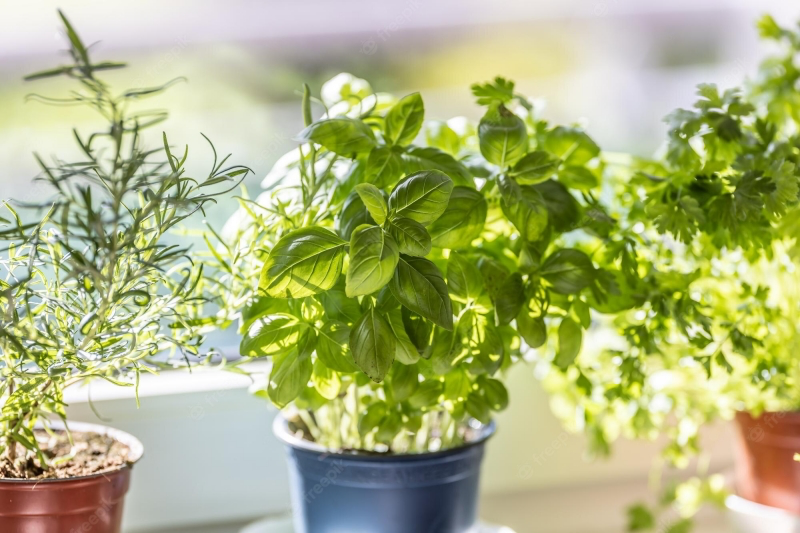
Standard Potting Mix: It’s a decent start, but in the cooler, damper conditions of autumn, it can hold too much water. This increases the risk of root rot, especially for Mediterranean herbs like rosemary and thyme.
Cactus & Succulent Mix: This is the secret weapon. Mixes like Espoma’s Organic Cactus Mix or even Miracle-Gro’s version are formulated for sharp drainage. Their higher sand and perlite content prevents waterlogging.
For best results, use the cactus mix straight or blend it 50/50 with a quality potting mix to give your autumn herbs the drainage they crave.
The essential oils in many herbs become more concentrated in cooler weather, leading to a more intense, robust flavor profile than their summer counterparts.
This means your autumn harvest packs a serious punch. Try chopping fresh sage and mixing it into softened butter with a pinch of black pepper; it’s a game-changer spread on toasted sourdough or melted over roasted butternut squash. A few sprigs of fresh thyme tossed in with mushrooms while they sauté releases an earthy aroma that instantly makes your kitchen feel cozier.










